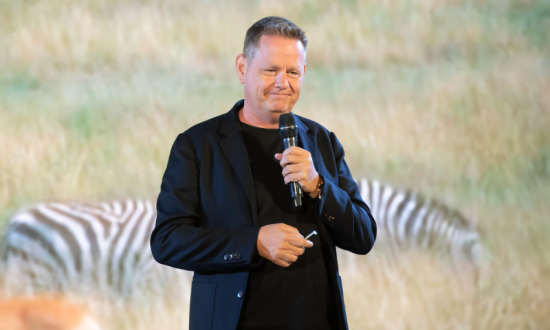Martin Lindstrom is a New York Times best-selling author of eight books translated into 60 languages. The Wall-Street Journal praised his book Brand Sense as “one of the five best marketing books ever published,” his book Small Data as “revolutionary,” TIME called his book Buyology “a breakthrough in branding” and The Ministry of Common Sense, was selected book of the month by Financial Times ranking #1 on the Wall Street Journal Best-selling list. TIME Magazine has named Lindstrom one of the “World’s 100 Most Influential People,” and for ten years running, the prestigious Thinkers50 board has selected Lindstrom to be among the world’s top 50 business thinkers. Among the companies he advises are UBER, LEGO, Burger King, PepsiCo, Colgate-Palmolive, Nestle, Apple, The Walt Disney Company and Google.
Lindstrom is a frequent writer for The New York Times and Financial Times. He is the host of NEWSWEEK’s “Why Do We…?”. Lindstrom has appeared on NBC’s TODAY show more than twenty times as well as in Morgan Spurlock’s movie ‘The Greatest Movie Ever Sold’ and several times on ‘America’s Next Top Model’.
Recently, in an exclusive interview with Digital First Magazine, Martin shared his professional trajectory, what sets Lindstrom Company apart from other market competitors, insights on the common mistakes made by companies while implementing their brand strategies, the secret mantra behind his success, future plans, pearls of wisdom, and much more. The following excerpts are taken from the interview.
Hi Martin. Could you give us an idea of your journey to this point in your career?
My journey is slightly different from others as I began working at the age of 11 when opening the doors to my private LEGOLAND situated in the backyard of my mom-and-dad’s garden. [you can find pictures online of the LEGOLAND – using the search term: Martin Lindstrom Legoland]
The LEGOLAND was a serious deal featuring mountains, canals with self-driving boats. Admission; $1 per person. Sadly, only two people showed up: my parents. Thus, the next day I persuaded the local newspaper to sponsor an advertisement. The next week 131 people passed by the gates – including the lawyers from LEGO suing me. They informed me that I was in bridge of trademark – I in return informed them that I indeed had paid for all the boxes of LEGO.
The owner of LEGO; Godtfred Kirk Kristiansen – heard about the story – and paid a visit to my parents. Nearly the same feeling I’m sure Willy Wonka would have had when revealing his golden voucher. The owner’s proposition – come work for us. And so I did at the age of 11 – becoming the first and the youngest kid ever to work at LEGO’s R&D department.
The year after I opened my own advertising agency – secured LEGO as a client – and am proud to say that I’ve worked with them ever since. That’s 40 years ago!
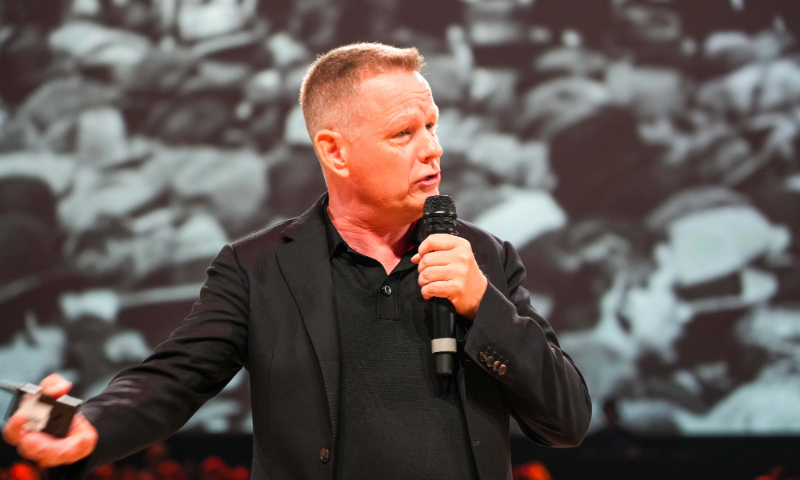
Lindstrom Company is regarded as the leading branding and culture transformation firm. What sets it apart from other market competitors?
We spend nearly $6 million on R&D yearly. In 2008 we commenced the largest neuroscience study ever conducted in the world – scanning more than 2,000 respondents’ brains using fMRI. Just recently we commenced the largest study ever investigating the true impact the phone has on kids and adults.
Since 2004 we’ve conducted more than 5,000 ethnographic in-home interviews. Personally, I’ve spent time in more than 3,500 different consumer homes across more than 100 different countries; living, eating, shopping and cooking with ordinary people – while learning about how our societies evolve.
These extensive studies have helped us invent completely new methodologies and coin industry ‘household’ terms such as: neuromarketing, texting, contextual marketing, clicks & mortar, sensory marketing, small data and many other terms.
Over the years we’ve helped brand countries (Switzerland, Australia, UAE and many more), build brands (LEGO, UBER, McDonald’s, PepsiCo, Disney etc.) and celebrities such as Tyra Banks.
We operate in the sweet spot between consumer insight, culture building, branding and innovation.
How has branding changed over the years to become what it is today? What marketing metrics do you value most for brand management?
Since I wrote my first book; Brand Building on the Internet in 1995 – the very first book ever – talking about how to build brands online – I’ve witnessed my fair share of evolution.
Brands back then were all about USP’s – now they’re all about MSP’s (Me-Selling-Proposition). This will soon evolve to what I call HSP’s (Holistic Selling Proposition) where brands increasingly will have to develop tribes and movements through AI in order to survive. The success matrix in the future will be the brands’ ability to create, grow and maintain movements.
Brands and their roles have profoundly changed. Brand loyalty has fallen off a cliff – mainly due to the consumers’ lack of attention span. And the concept of truly global brands has basically ceased to exist. Yes, sure – there’s still global brands around – but the speed at which they grow and conquer the world is scaringly slow. In fact – I’d claim the concept of global brands is nearly dad – taking the usual stable of brands aside.
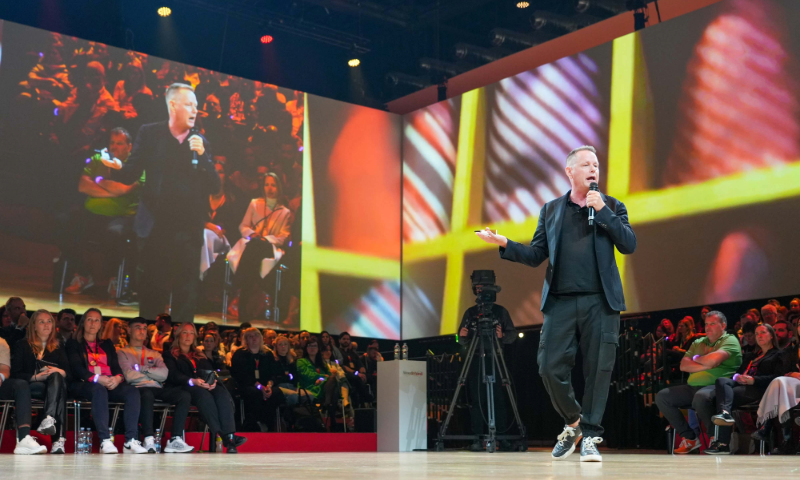
In your opinion, what are the common mistakes that companies make when implementing their brand strategies?
They forget who’s paying the bill. The customers. Believing they’re able to understand the customer while stocked behind a screen in some office. It’s impossible. We operate with two sets of data: Small and Big data. Small data helps identify the hypothesis – the ‘reason why’ – creating the foundation for big data correlation. Today, however few allocate the time it takes to identify the small data – creating data foundations on invalid hypotheses – often based on the assumption that consumers are rational. Well – here’s the fact – we’re not. Our extensive neuroscience work shows that 85% of everything we do every day is deeply irrational. The problem is that large part of the marketing world today focuses on the 15% – yet true brands are born in the 85% space.
Can you please share the major takeaways from your latest book, ‘The Ministry of Common Sense’ which was one of the top books of 2021?
Common sense – or the lack of – has become a business pandemic so to speak, finding its way into every crack of our daily work lives, from the very moment we switch on our work PC’s with our 12 digit password consisting of two upper case letters, 3 digits, two symbols and at least 4 smaller letters -all of course in random order. And if you happen to forget your password – and God forbid have to reset it – don’t even consider recycling one of your old (and more memorable passwords) they’re used already and cannot be recycled – the ‘system’ will tell you, while you write down your new and impossible to remember password on a Post-It note – and place it next to your PC.
I define common sense as seeing things as they are; and doing things as they ought to be done.”
Or said in another way…
To treat consumers and employees as they themselves would expect to be treated.
And common sense is right now in an existential crisis.
I was in Miami a couple of years ago for a conference, staying at a hotel. Wanting to check the day’s headlines, I reached for the TV remote. It was remarkably complex. It looked like it could launch a rocket ship, actually. Infinite tiny numbers. A multitude of buttons. Three separate numerical keypads. Where was the on button? Was it the red one labeled “On”? Wait — why were there two red on buttons? If I pressed both, would my TV be incredibly on, allowing me to access supernatural programming that viewers with just one on button couldn’t? What did “Source” mean? What did “a- b-c- d” mean? What did all the arrows signify? After stabbing indiscriminately at the thing for a few minutes, the TV finally came to life. I watched the news for a few minutes, then shut the TV off, or tried to. There were two off buttons. When I pressed the first one, the lights in the room dimmed in a moody, sexy way. When I pressed the second off button, the air conditioner shut off. The TV stayed on. I ended up climbing up onto a nearby desk and, with my butt in the air, yanking the plugs from the wall socket, disconnecting the TV, the minibar, and the standing lamp.
A few months later, during a flight to New York, the passenger seated next to me introduced himself. It turned out, purely by coincidence, that he was an engineer at the very same company responsible for that TV remote. “You’ve probably never heard of the company,” he said. “Want to bet?” I said. Powering up my laptop, I showed him the PowerPoint slide I’d made of the remote control. “What the hell went wrong with you guys?” I said. He stiffened in his seat. He explained that the company had internal problems, with various divisions vying for real estate on the remote control. No one could agree which department “owned” what. Ultimately the TV remote was divided up into zones resembling each of the internal departments in his company. One was for the TV. A second was for cable. A third was for TiVo. A fourth was for satellite. A fifth belonged to the folks responsible for broadcasting big band era or hip- hop music 24/7, or for displaying a crackling yule log in winter. The engineer seemed proud of what his company had done and how equitably things had been resolved. There were no more internal squabbles. Every division now had fair representation on the remote. “Except for the fact I have no idea how to turn the TV on!” I said. He looked at me, still not understanding.
How does an overcomplicated remote-control circle back to an absence of common sense in an organization? Very simply. As the engineer sitting next to me pointed out, the average TV remote control — with its logographic script of arrows, keys, buttons, numbers, and letters — reflects any number of internal miscommunications and power struggles inside a local telecom. Just as a footbridge with a small crack along one side can indicate more serious foundational problems, an unintuitive remote-control point to a few core problems within the company that issued it. With half a dozen silos inside the cable company vying for representation, no one was looking at the remote control holistically — that is, from the consumer’s point of view.
So how do you repair that bridge, or that remote manufacturer. Or let me just rephrase it – how do you remove one friction at a time. That’s the premises of The Ministry of Common Sense.
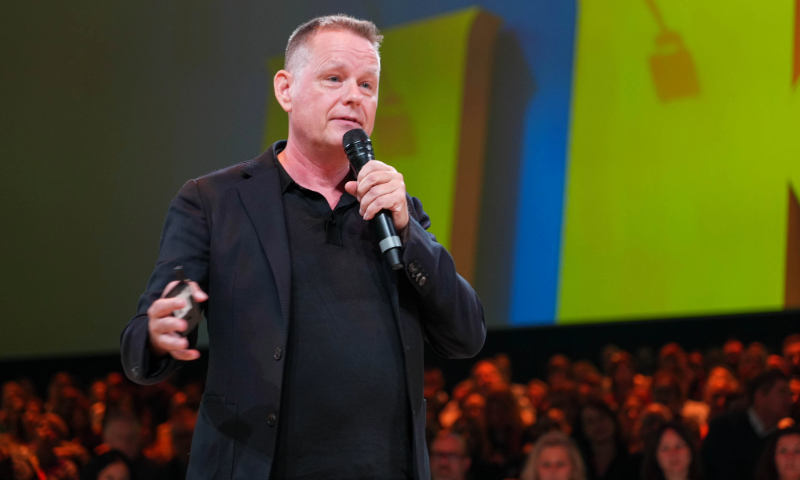
You have been a recipient of prestigious awards and accolades over the years including one of the world’s top 50 business thinkers for 10 consecutive years, one of the “World’s 100 Most Influential People,” and recently selected as the #1 Top Voice US Influencer. Our readers would love to know the secret sauce behind your success.
Treat yourself as a brand. That’s the key. Ask yourself what is the ‘one word’ you’d like to ‘own’. Then begin consistently conquering the word. What does that mean? Well as we discussed earlier, I wrote my first book in 1995. It was the first of 8 books (so far) all focused on various dimensions of branding. “Branding” has always been ‘my word’ and thus – like a Venn diagram – I’ve consistently been seeking to uncover a new dimension of branding through each of my book – with the result of ending up ‘owning’ the term – first staring with branding and…
Online: Brand Building on the Internet
On- and offline: Clicks & Mortar
Kids: Brand Child
Our senses: Brand Sense
Neuroscience: Buyology
Ethics: Brandwashed
Consumer: Small Data
Company culture: Ministry of Common Sense
What does the term “authentic leadership” mean to you?
That you’re transparent, empathic, a source of inspiration and always seek to create a cultural movement lead by individuals who are better than yourself.
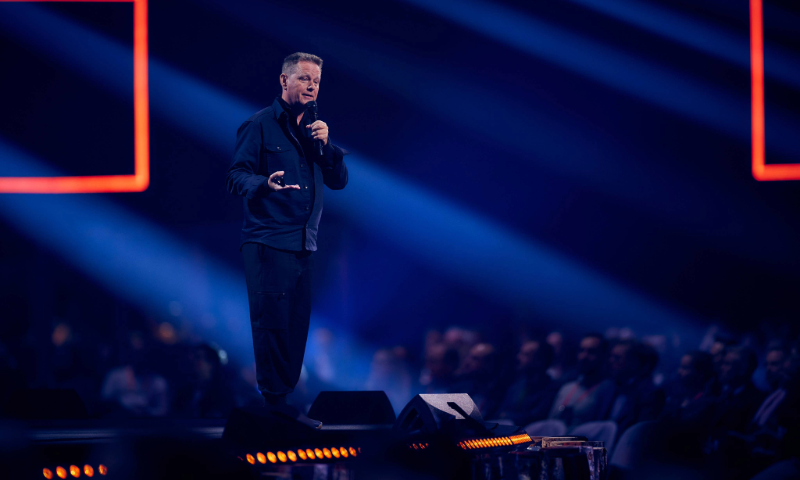
What are some of your passions outside of work? What do you like to do in your time off?
Swimming. This is by the way the space I use when brain storming. All my books are written in the pool. No kidding. I call this the water moment – a space where I generate ideas and reflect on life.
Where do you see yourself in the next 5 years?
I tend to say that ‘I live in a dream and hope I’ll never wake up’. 8 years ago, I was able to say to myself that I’ve done everything I wanted to do. It was an amazing experience as it changed my perspective of life – making me realize that every (new) day now were a ‘bonus’.
In 5 years’ time, I hope I’ve managed to change the world’s perspective of the phone. I skipped my phone 8 years ago – meaning – I have no phone at all. Period. And realized how this changed my creative side, my purpose in life and my productivity. Through our studies we’ve come to realize how damaging and poisonous the phone is – and thus – my next project is all about that. Helping the world secure a better (and more balanced) relations with the phone.
What advice would you give to aspiring professionals from your industry?
Don’t enter it. It’s nice and hot at the top. But only a couple of steps down the mountain this industry is highly competitive – and self-destructive. With the arrival of AI this is only the beginning making me believe that we within the next decade are likely to see the entire industry collapse and transform to completely new industry based on completely new formats and goals.






